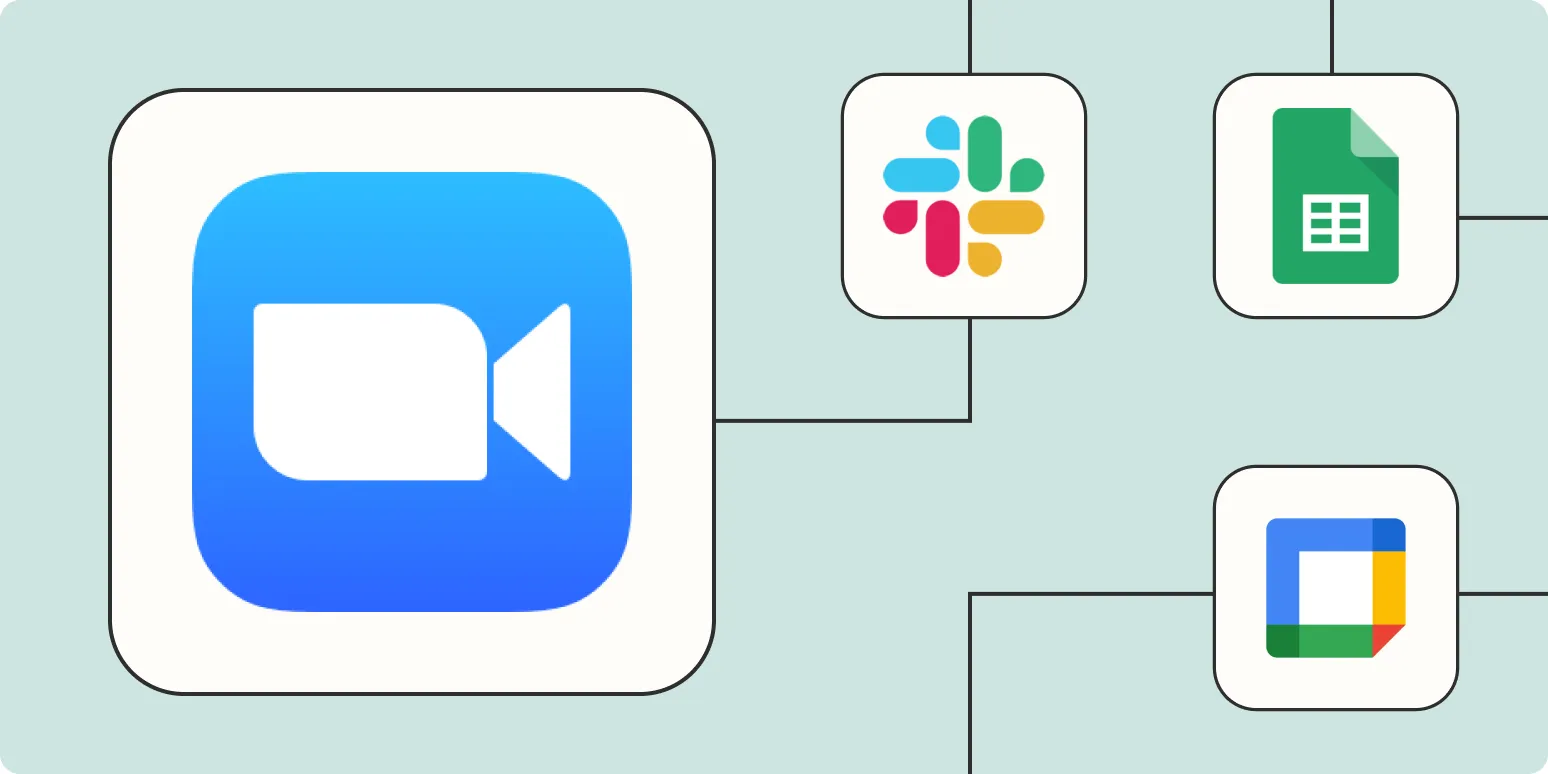1. Automatically Create Zoom Meetings from Google Calendar Events
Integrating ''Zoom'' with ''Google Calendar'' through ''Zapier'' allows you to automate the creation of meetings directly from your calendar events. Once set up, every time you schedule a new event in Google Calendar, a corresponding ''Zoom meeting'' will be created automatically.
This not only saves time but also ensures that all your meetings are organized in one place. To set up this automation, select Google Calendar as the trigger app and Zoom as the action app in Zapier.
2. Send Zoom Meeting Reminders via Email
Keeping attendees informed about upcoming meetings can be crucial. With ''Zapier'', you can create a workflow that sends out email reminders to participants before a scheduled ''Zoom meeting''. Use your preferred email service as the trigger and set the action to send an email a specified time before the meeting starts.
| Trigger | Action |
|---|---|
| Scheduled Time | Send Email Reminder |
3. Sync Zoom Registrants with Your CRM
If you're conducting webinars or meetings that require registration, you can automatically sync new registrants with your ''CRM'' system using ''Zapier''. This means that every time someone registers for a ''Zoom webinar'', their details will be instantly added to your CRM, reducing manual data entry and ensuring your lists are always up to date.
To set this up, use ''Zoom'' as the trigger and your CRM as the action app. This integration streamlines the process and improves your marketing efforts.
4. Post Zoom Meeting Recordings to Cloud Storage
After conducting a ''Zoom meeting'', you might want to save the recording for future reference. Using ''Zapier'', you can automatically upload your ''Zoom recordings'' to cloud storage platforms like ''Google Drive'' or ''Dropbox''. This way, you won’t have to remember to do it manually, and all your recordings will be organized in a single location.
| Trigger | Action |
|---|---|
| Meeting Ends | Upload Recording to Cloud Storage |
5. Create Trello Cards for Zoom Meetings
If you use ''Trello'' for project management, you can integrate it with ''Zoom'' to generate cards whenever a new meeting is scheduled. This allows your team to stay informed about upcoming meetings and ensures that all tasks related to those meetings are tracked in one place.
To automate this, set ''Zoom'' as the trigger and ''Trello'' as the action in ''Zapier''. This integration helps keep your team aligned and organized.
6. Send Meeting Notes to Slack
After a ''Zoom meeting'', sharing notes or action items with your team is vital for follow-up. You can automate this process by using ''Zapier'' to send meeting notes directly to a ''Slack'' channel. Simply create a trigger for when a meeting ends and set the action to post the notes in your desired Slack channel.
| Trigger | Action |
|---|---|
| Meeting Ends | Send Notes to Slack |
7. Generate Reports on Zoom Usage
Keeping track of your ''Zoom usage'' can provide valuable insights into your communication patterns. By using ''Zapier'', you can automate the generation of reports on your ''Zoom meetings''. For example, you can log each meeting's details into a ''Google Sheet'' or other database every time a meeting occurs.
This automation not only saves time but also provides a clear overview of your ''Zoom usage'' over time, enabling you to make data-driven decisions regarding your virtual communication strategies.
Conclusion
Automating your ''Zoom'' tasks with ''Zapier'' can significantly enhance efficiency and productivity. By implementing these seven automation strategies, you can streamline your workflow and ensure that your virtual meetings are organized, documented, and communicated effectively. Whether you're sending reminders, syncing data, or generating reports, these integrations can save you time and help you focus on what truly matters: engaging with your audience.





